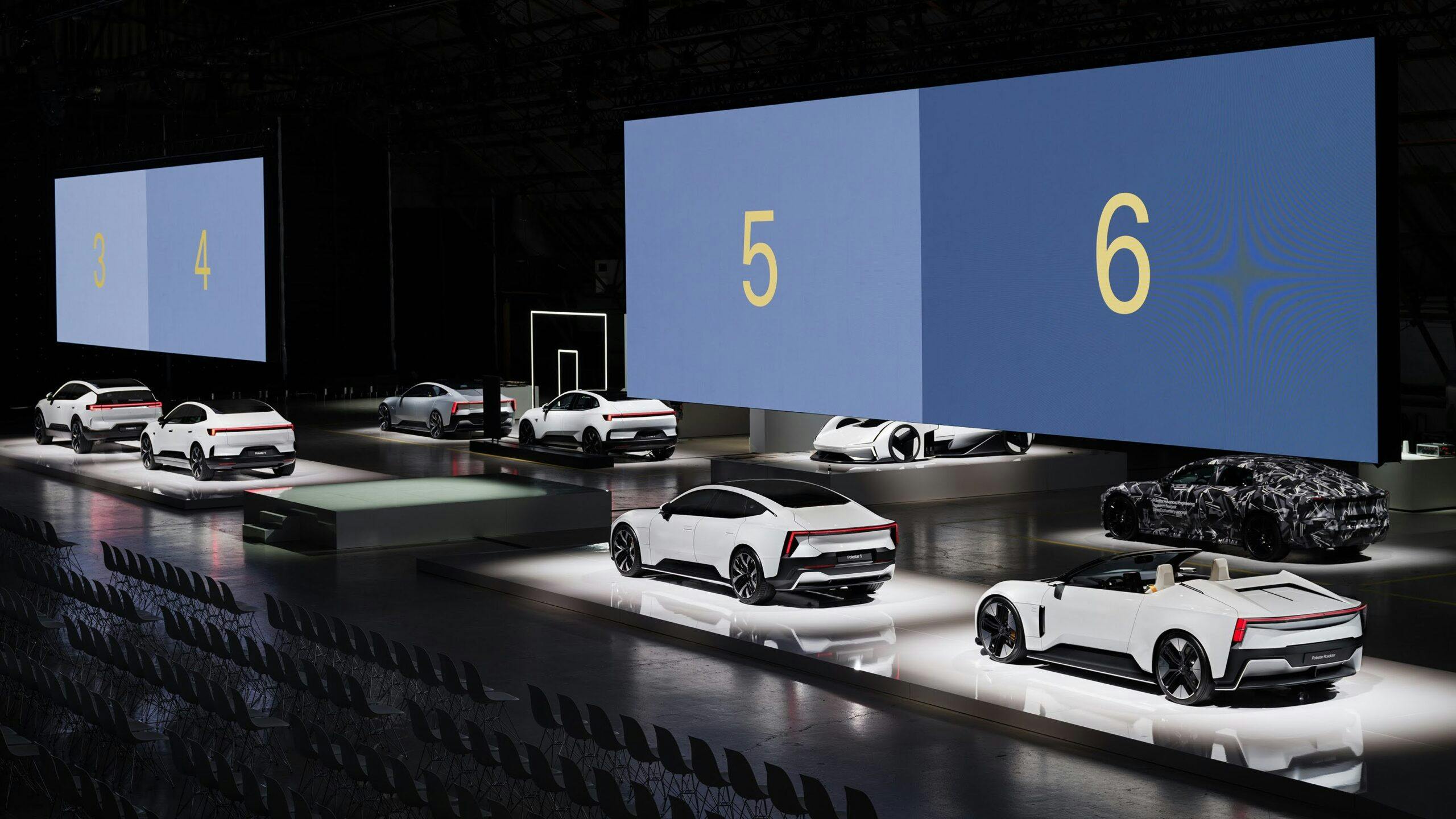At an airport hangar in Santa Monica, CA, Polestar presented a lineup of performance EVs ranging from the familiar Polestar 2, to the soon-to-be-released Polestar 3, to the wild Synergy supercar concept. In addition, it also revealed plans for incorporating new technologies like V2G (Vehicle-to-Grid) and LIDAR into their lineup. This was all part of Polestar Day, an event for investors and Polestar enthusiasts to see the future vision of the company.
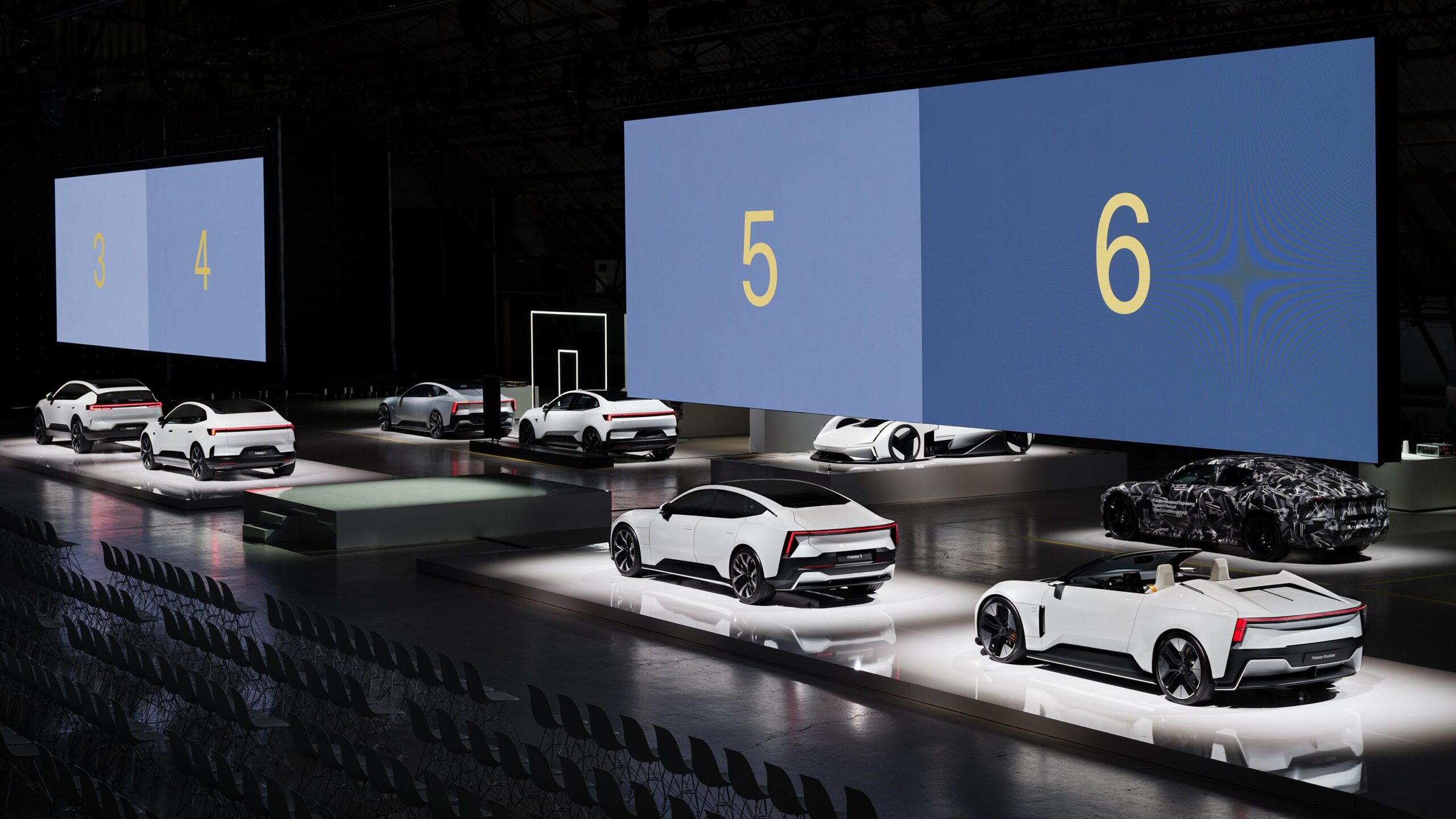
For many, the most exciting part of Polestar Day was to see the full lineup of Polestar vehicles in one place for the first time. Seeing them all together made it easy to see the consistency with the brand and why Polestar bills itself as a performance EV brand. Each of the EVs had a distinctive Polestar look with a sharp, edgy design on the outside with refined, premium looks on the interior. Of course, they all had the aggressive Thor hammer signature headlights that are a reflection of the company’s lineage tying it to Volvo and Swedish design.
The Polestar 2 was probably the most familiar vehicle of the bunch but it has several key updates for the 2024 model year. One of the biggest changes is that the single motor version is now RWD instead of FWD. Range has been improved to 320 miles for the RWD version and up to 276 miles for the dual motor, AWD versions.
Polestar 3
Polestar’s highly anticipated next EV will be the Polestar 3. This new luxury SUV is a cousin of the Volvo EX90, but unlike the Volvo, the Polestar 3 will be limited to 5 seats. And just like the EX90, there will be an option to add a Luminar LIDAR to enhance the driver’s assistance package. The new model will go on sale in 2024 and will be built in South Carolina, a first for the Chinese-backed company.
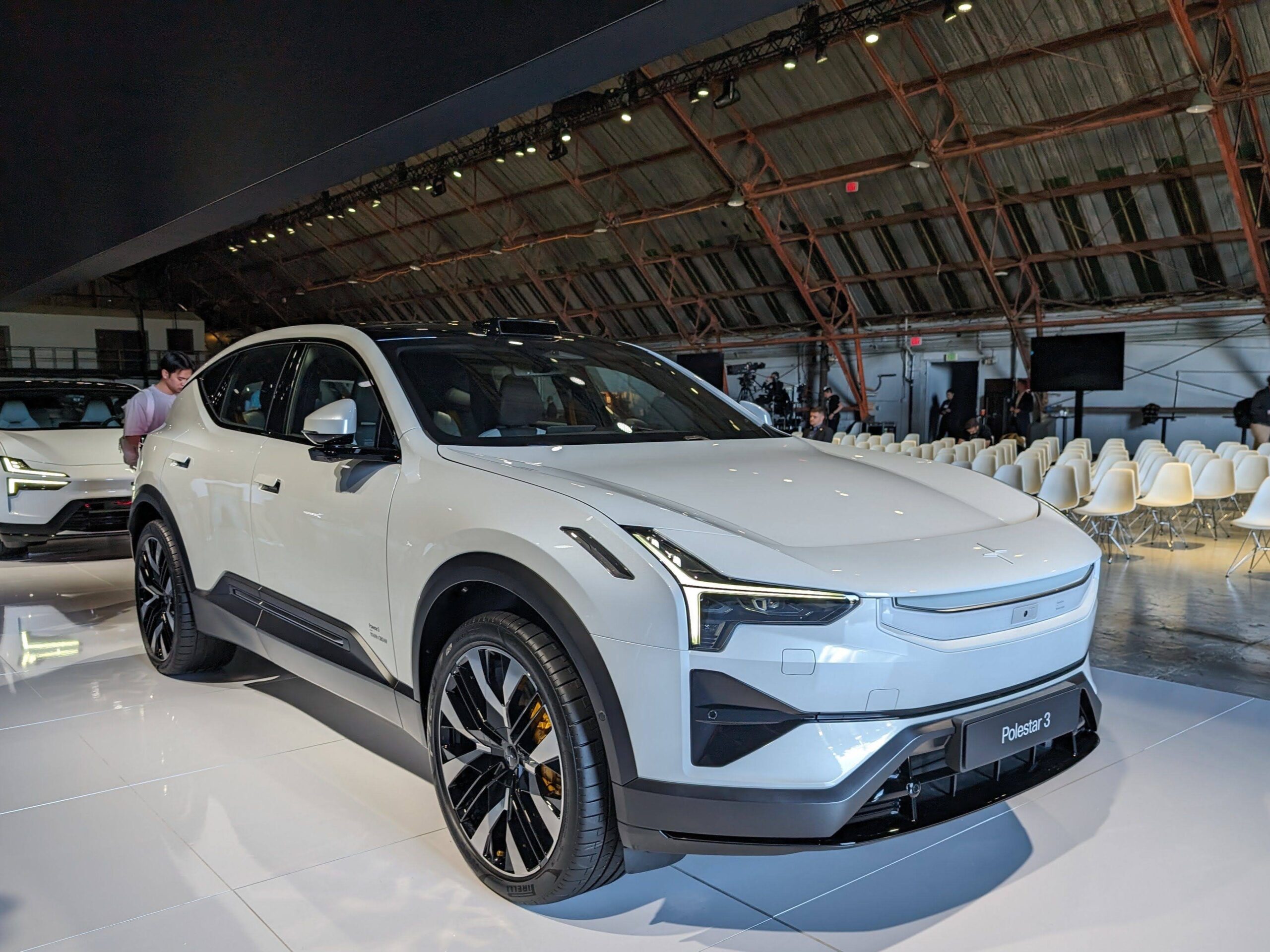
Polestar also announced that they are developing a Virtual Power Plant (VPP) system that utilizes the Polestar 3’s Vehicle-to-Grid capabilities. This will allow owners of Polestar 3s to not only connect their vehicle to the grid but to potentially monetize their EV while it is parked.
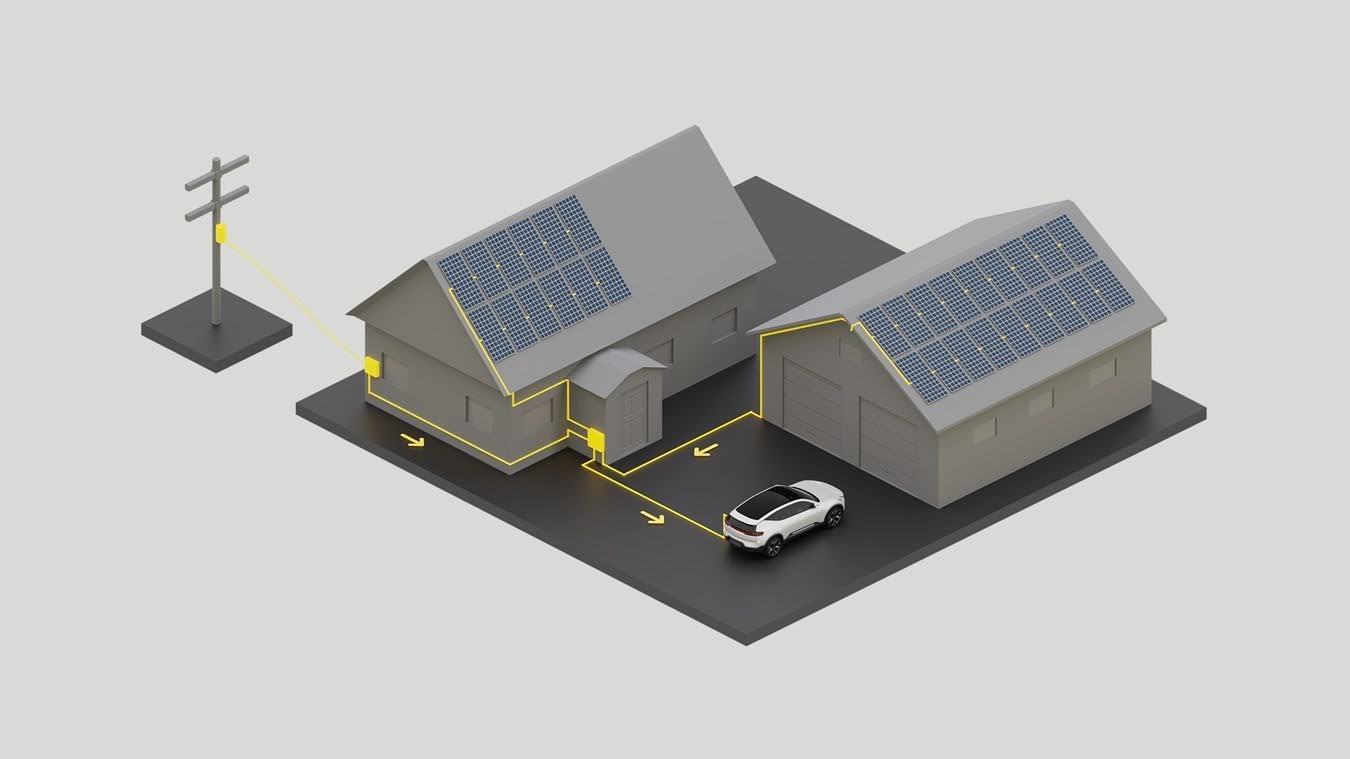
Polestar 4
The Polestar 4 is what the company refers to as an SUV coupe. It is slated to be Polestar’s fastest vehicle yet with a 0-62 time of 3.8 seconds, but the most talked about aspect of the Polestar 4 is the lack of a rear window. A camera and digital rearview mirror serve as a replacement for the rear window and Polestar believes it is a better solution than offering a small window that is often blocked by rear seat passengers or headrests.
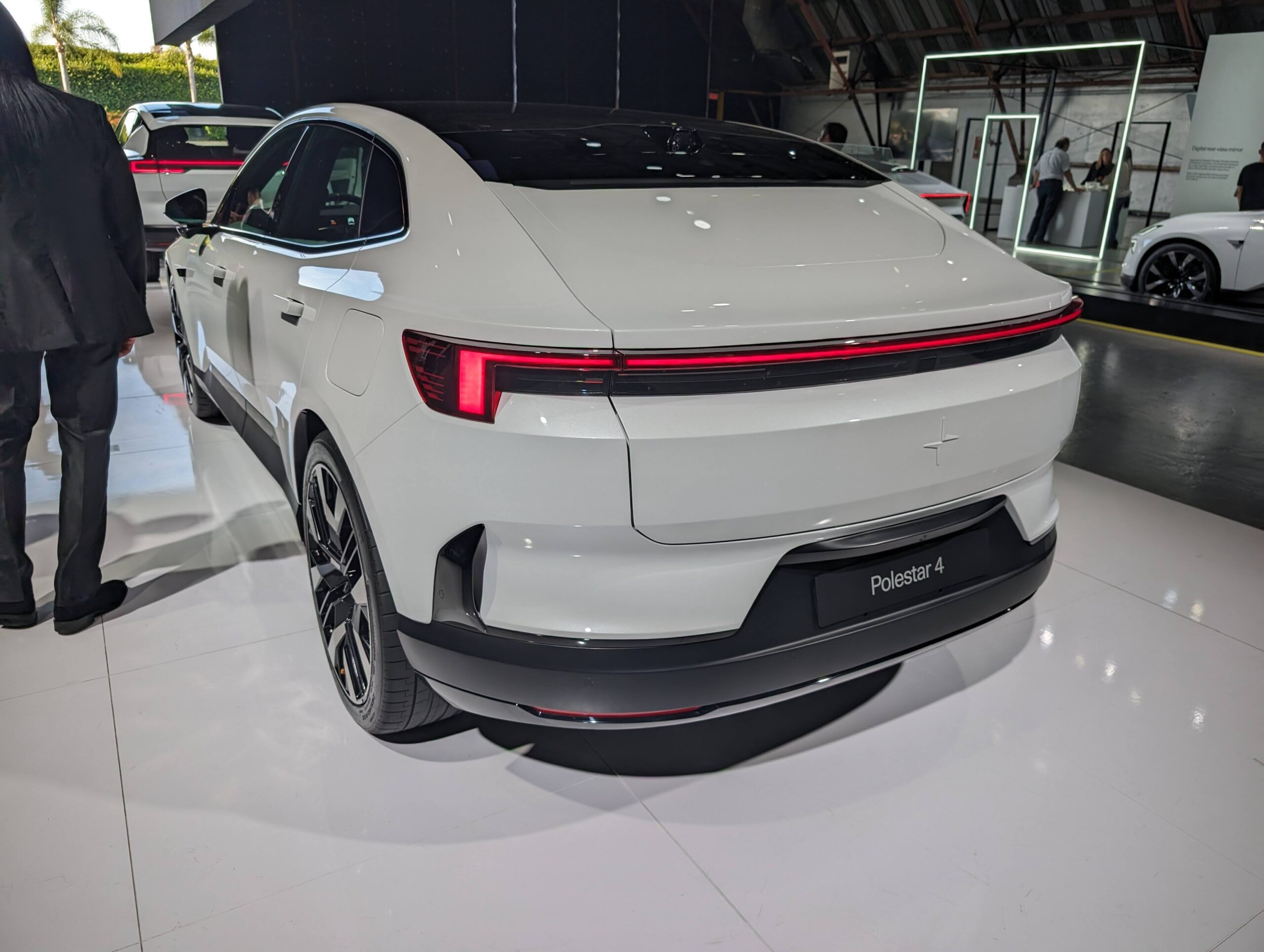
In addition to the rear view camera, the Polestar 4 will have multiple other cameras and sensors to enable the next generation of autonomous driving features. It has partnered with Luminar and Mobileye for a new system called Mobileye Chauffeur. This system enables drivers to be hands-off and eyes-off on the freeway as well as hands-off and eyes-on on other roads.
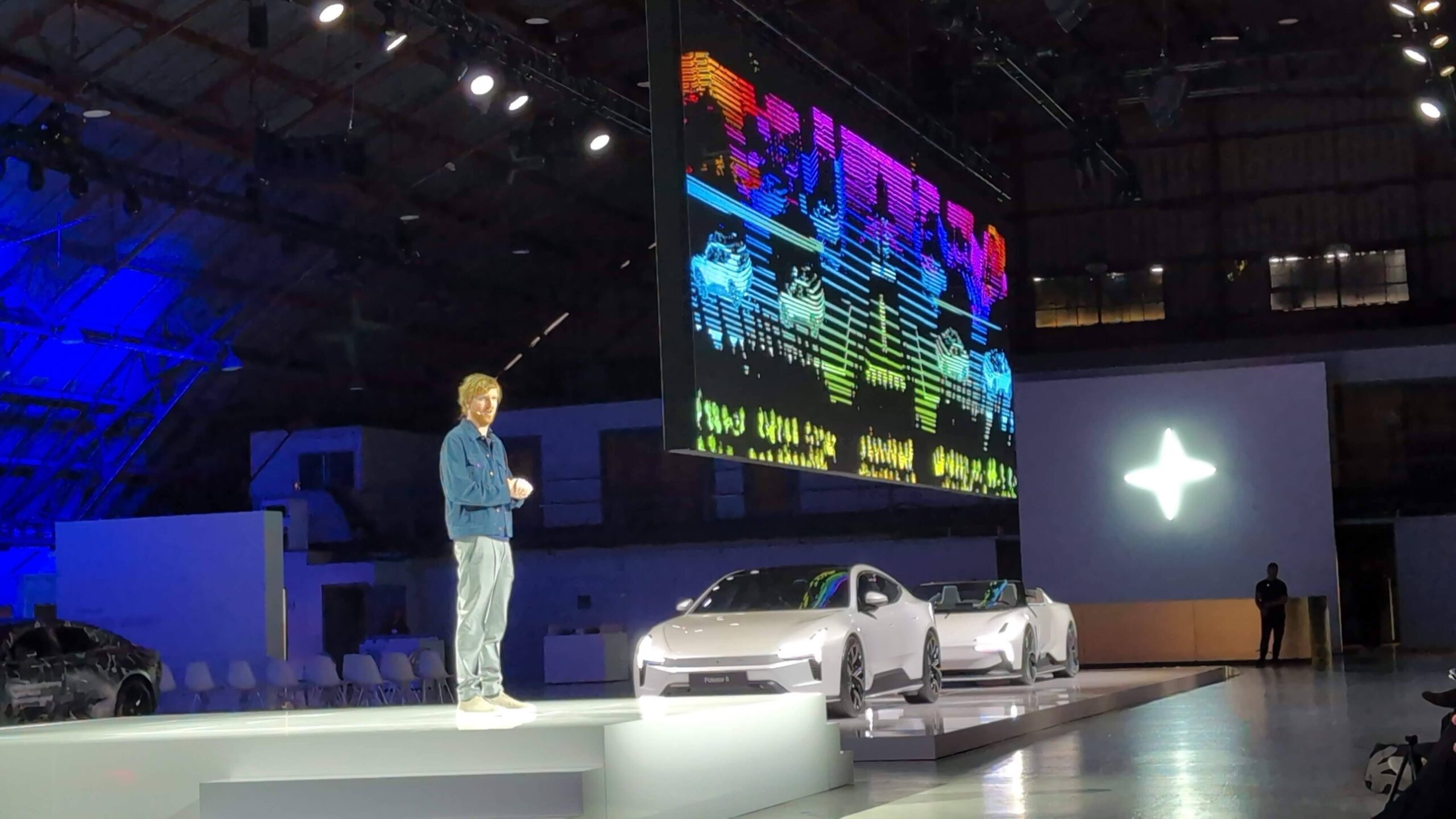
On Polestar Day, the company announced that US-bound Polestar 4s will be built in South Korea at a Renault Korea Motors factory. That means it still won’t qualify for U.S. tax credits since it is not produced in North America, but it will avoid a 27.5% import tax levied on Chinese manufactured cars like the Polestar 2.
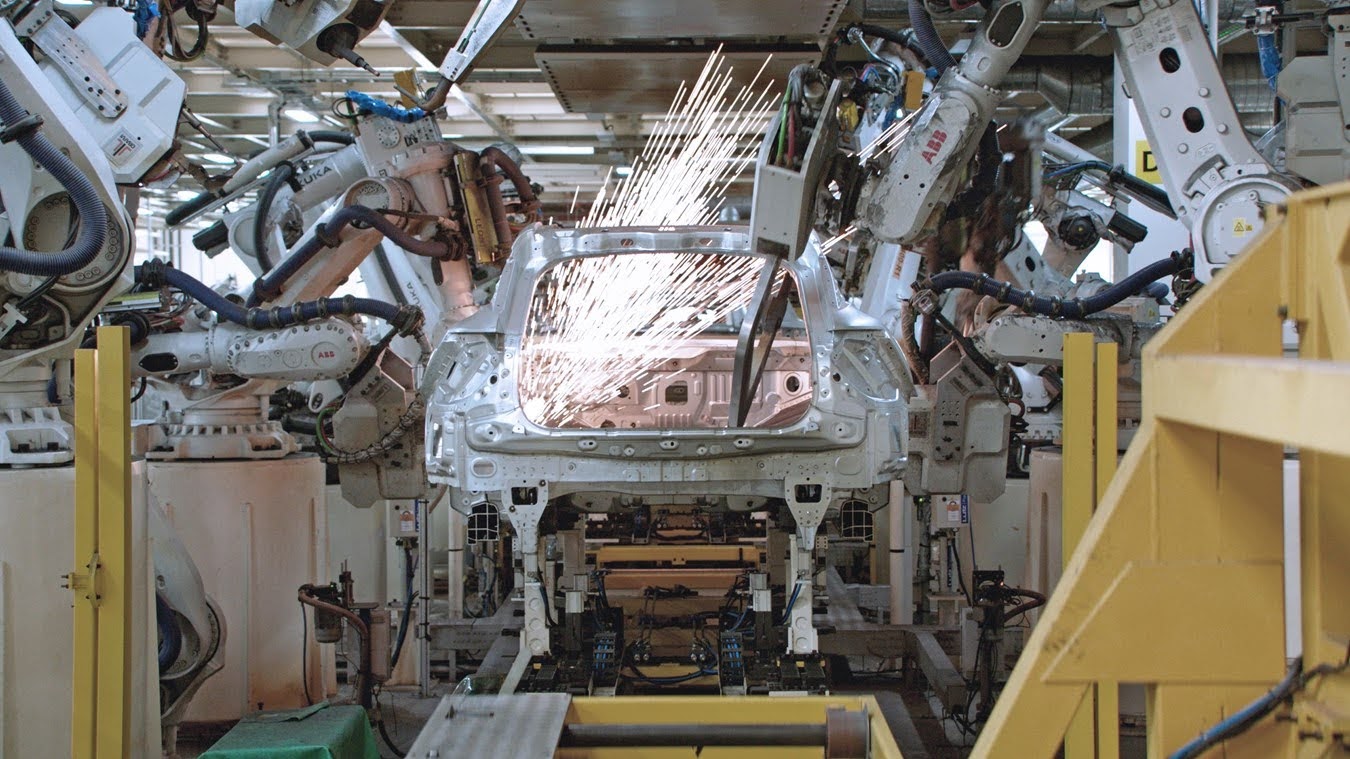
Polestar 5
The Precept debuted in 2020, and in 2021 Polestar announced it would go into production as the Polestar 5. On Polestar Day, attendees got their first look at the production-intent model that still reflected the sleek design of the precept with only a few tweaks.
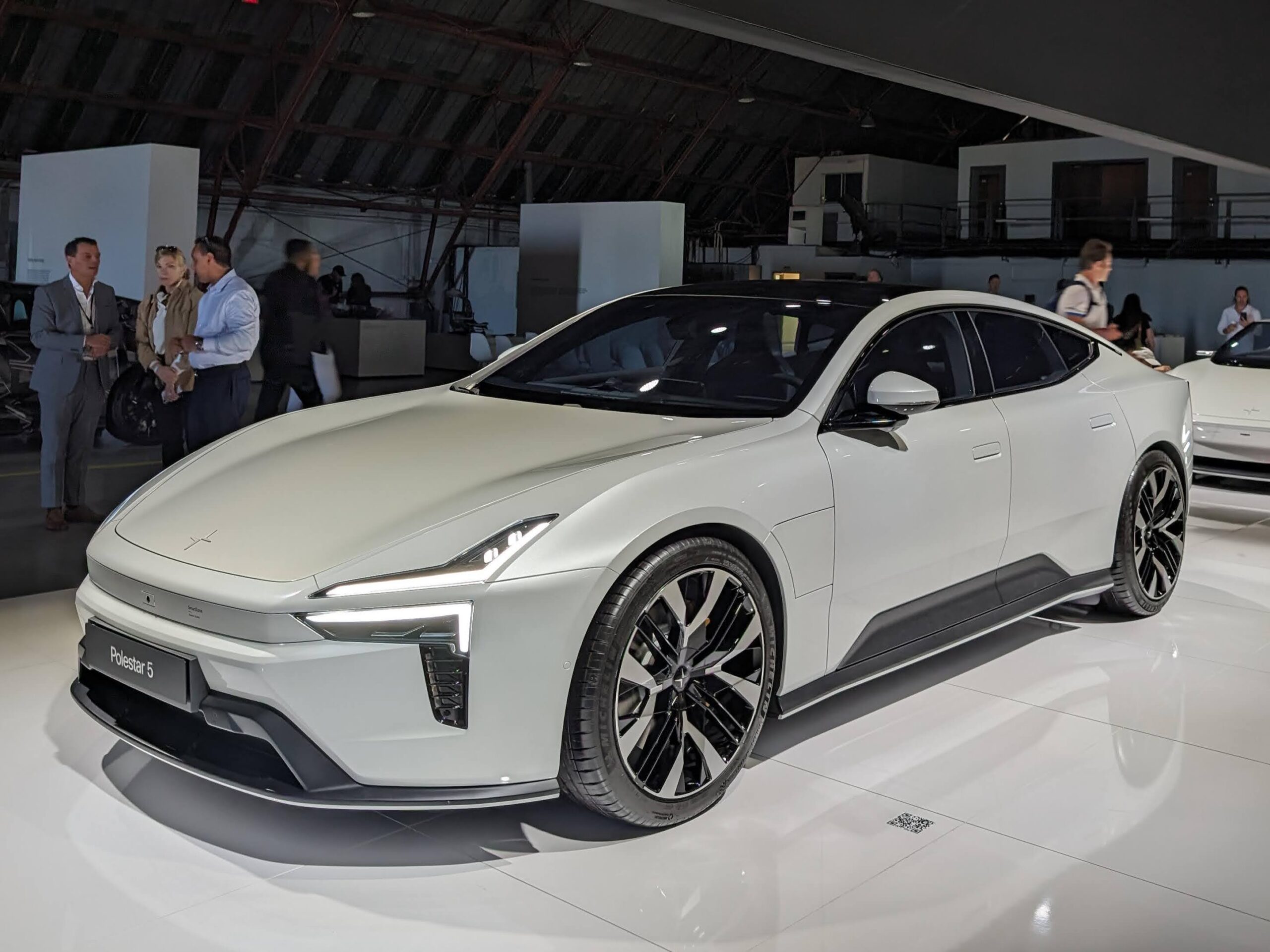
It is a performance oriented, luxury sedan that will go on sale in 2025. It is poised to compete with other luxury sedans like the Tesla Model S, Porsche Taycan, and Audi e-tron GT. Just like the Polestar 4, it is also foregoing a rear window. It is still early to have full specs, but Polestar stated it would have 872 hp and 664 lb-ft of torque.
Another key feature that Polestar is working on for the Polestar 5 is XFC (eXtreme Fast Charging). The aim is to achieve 100 miles of range in 5 minutes of charging. The technology for this is being developed by StoreDot — a company pioneering the research into EV fast charging. At the Polestar Day event, StoreDot did a live demo of charging an EV battery cell in 10 minutes and explained how the process will be scaled to a full battery pack. Its goal is to test this on Polestar 5 prototypes in the next few months and have it make it into the production version of the Polestar 5 by launch.

Polestar 6
And rounding out the lineup of future vehicles for Polestar was the Polestar 6. This sleek electric roadster is based on the O2 concept and is still just a concept car at this point. Polestar has stated a goal of transforming it into a production EV by 2026.
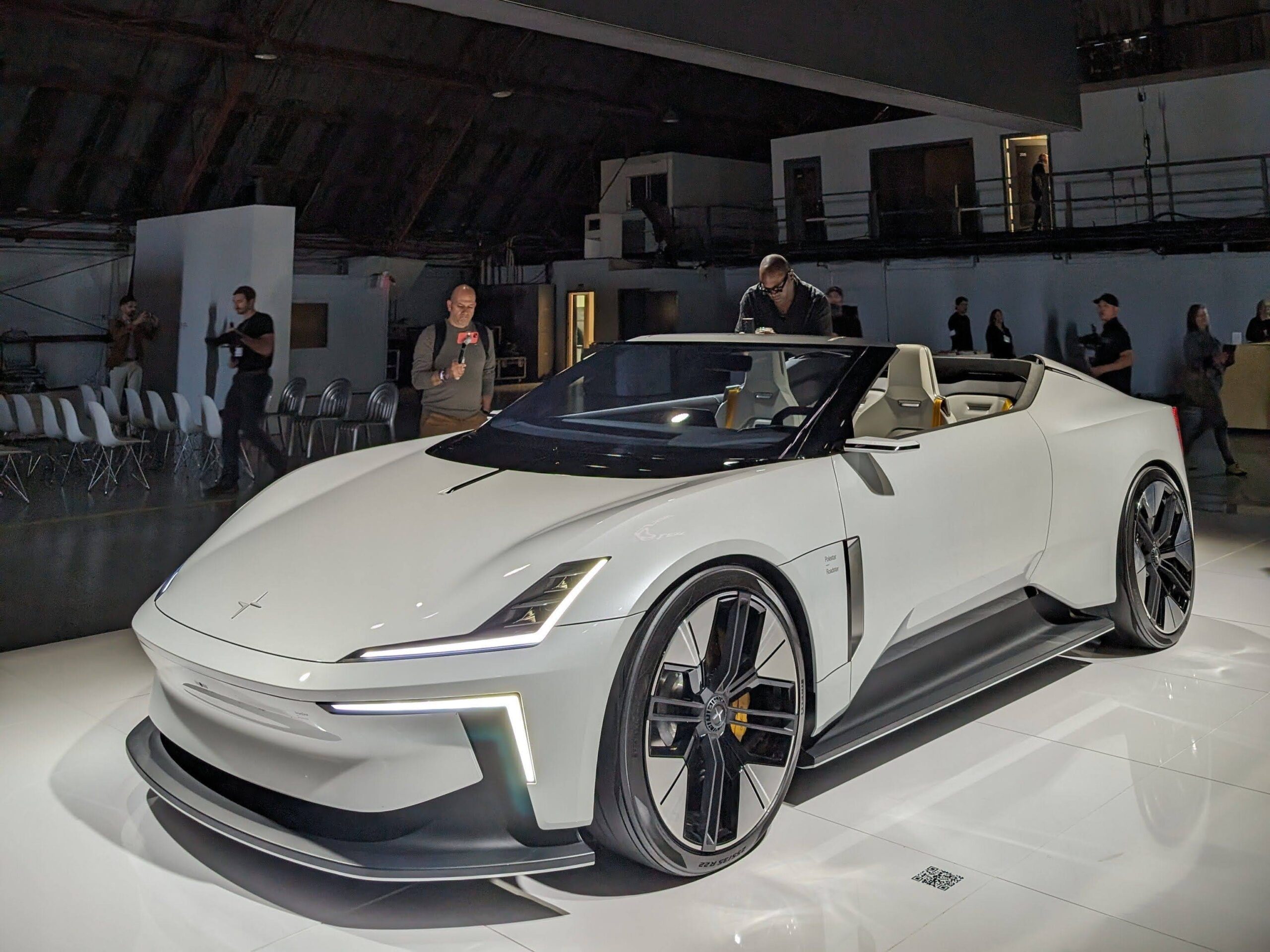
Polestar 0 Initiative
One other project that Polestar highlighted during the event was their Polestar 0 initiative. The goal of this program is to produce a carbon-neutral production car by 2030. They had demo areas to show off their advancements in replacing materials in the car with more sustainable products. And with materials like aluminum they will be using low-carbon aluminum from smelters using hydropower electricity.
Polestar Profitability Strategy
Polestar Day came just one day after Polestar presented an update on their current financial status and future plans to achieve profitability. Polestar is expecting to deliver between 60,000 & 70,000 vehicles this year. In the first three quarters of 2023, it’s delivered 41,700 EVs, which is a growth of 37% compared to 2022.
With the pending introductions of the Polestar 3 and 4 in 2025 and the Polestar 5 in the following year, the company believes it can reach an annual volume of 155,000 to 165,000 by 2025. With an additional focus on margins, they believe they will achieve cash flow break-even in 2025.
There were a lot of individual news items from Polestar last week. On the surface, each one of them would be pretty exciting news for the company. But when you look at the big picture, you can see that Polestar has a comprehensive plan to move the company forward.
Its portfolio of vehicles is expanding to offer an intriguing lineup of EVs to match with varying customer profiles. It is focusing on making the EV experience better by advancing the fast charging technology. Driving will be improved with some of the most advanced drivers assistance technology available. Polestar is pushing to make its EVs more valuable by allowing owners to connect them to the power grid and even make money doing that. It is also making sure its vehicles have a reduced carbon footprint not only while being driven but during the manufacturing process as well. And finally, it is also a positive step to expand its manufacturing base from China to also include facilities in South Korea and the United States
It seems Polestar is poised for growth and success and it will be interesting to see how it progresses over the next 3+ years. Its formula is a bit different from many others in the EV realm and only time will tell if it is a winning formula.
